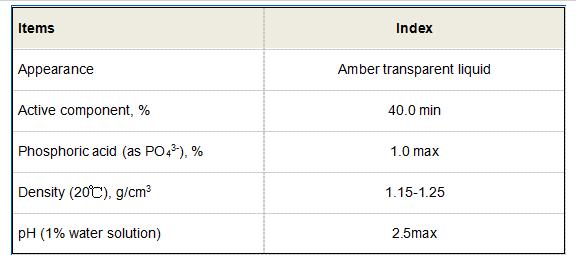Understanding the Processes of Coagulation and Flocculation in Water Treatment Systems
Coagulation and Flocculation Essential Processes in Water Treatment
Coagulation and flocculation are crucial processes in water treatment, often serving as the first steps in purifying drinking water and treating wastewater. These processes help in removing suspended solids, colloids, and various impurities, making water safer for consumption and less harmful to the environment.
Coagulation is the initial stage where chemicals, known as coagulants, are added to the water. Common coagulants include aluminum sulfate (alum), ferric chloride, and polyaluminum chloride. When these coagulants are introduced into the water, they destabilize the suspended particles. This destabilization occurs because the coagulants neutralize the electric charges on the particles, allowing them to agglomerate. The neutralization of charges is crucial since particles often carry a similar charge that causes them to repel one another, preventing them from clumping together.
After the coagulation phase, the water undergoes flocculation. This process involves gentle mixing to encourage the formation of larger aggregates known as flocs. Flocculation is achieved by introducing mechanical aeration or slow stirring of the water. As the small particles bond together, they form larger, denser flocs that can settle more easily. The size and density of these flocs play a vital role in the subsequent sedimentation phase, where gravity helps to separate the flocs from the treated water.
coagulation and flocculation

The combination of coagulation and flocculation is highly effective in removing a wide range of contaminants, including bacteria, viruses, and organic matter. This effectiveness is particularly significant in treating surface water, which may be prone to biological pollutants and turbidity due to rainfall or industrial runoff. By employing these processes, water treatment facilities can significantly reduce the burden of pathogens and improve the clarity of water.
Furthermore, advances in technology have enhanced the coagulation and flocculation processes. Researchers are exploring the use of alternative coagulants such as natural polymers and bio-coagulants, which can offer more sustainable solutions with less environmental impact. Moreover, optimized mixing techniques and real-time monitoring systems are being developed to improve the efficiency and effectiveness of these processes.
In conclusion, coagulation and flocculation are fundamental to modern water treatment practices. By effectively removing impurities and ensuring water safety, these processes not only protect public health but also contribute to environmental sustainability. As water scarcity and quality issues continue to challenge communities worldwide, investing in and enhancing these methods will be essential for securing clean water for future generations.
-
Water Treatment with Flocculant Water TreatmentNewsJun.12,2025
-
Polymaleic AnhydrideNewsJun.12,2025
-
Polyaspartic AcidNewsJun.12,2025
-
Enhance Industrial Processes with IsothiazolinonesNewsJun.12,2025
-
Enhance Industrial Processes with PBTCA SolutionsNewsJun.12,2025
-
Dodecyldimethylbenzylammonium Chloride SolutionsNewsJun.12,2025





